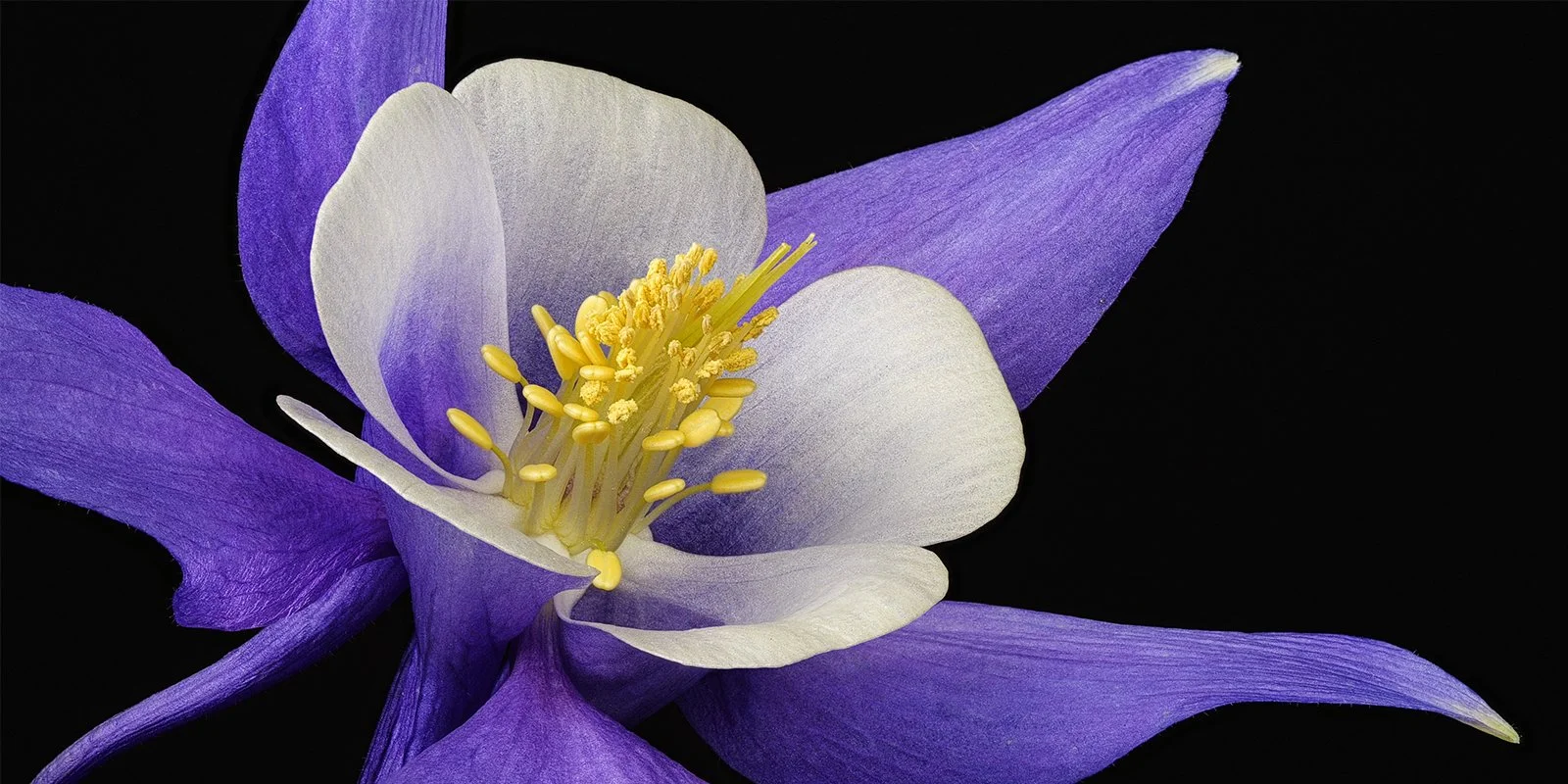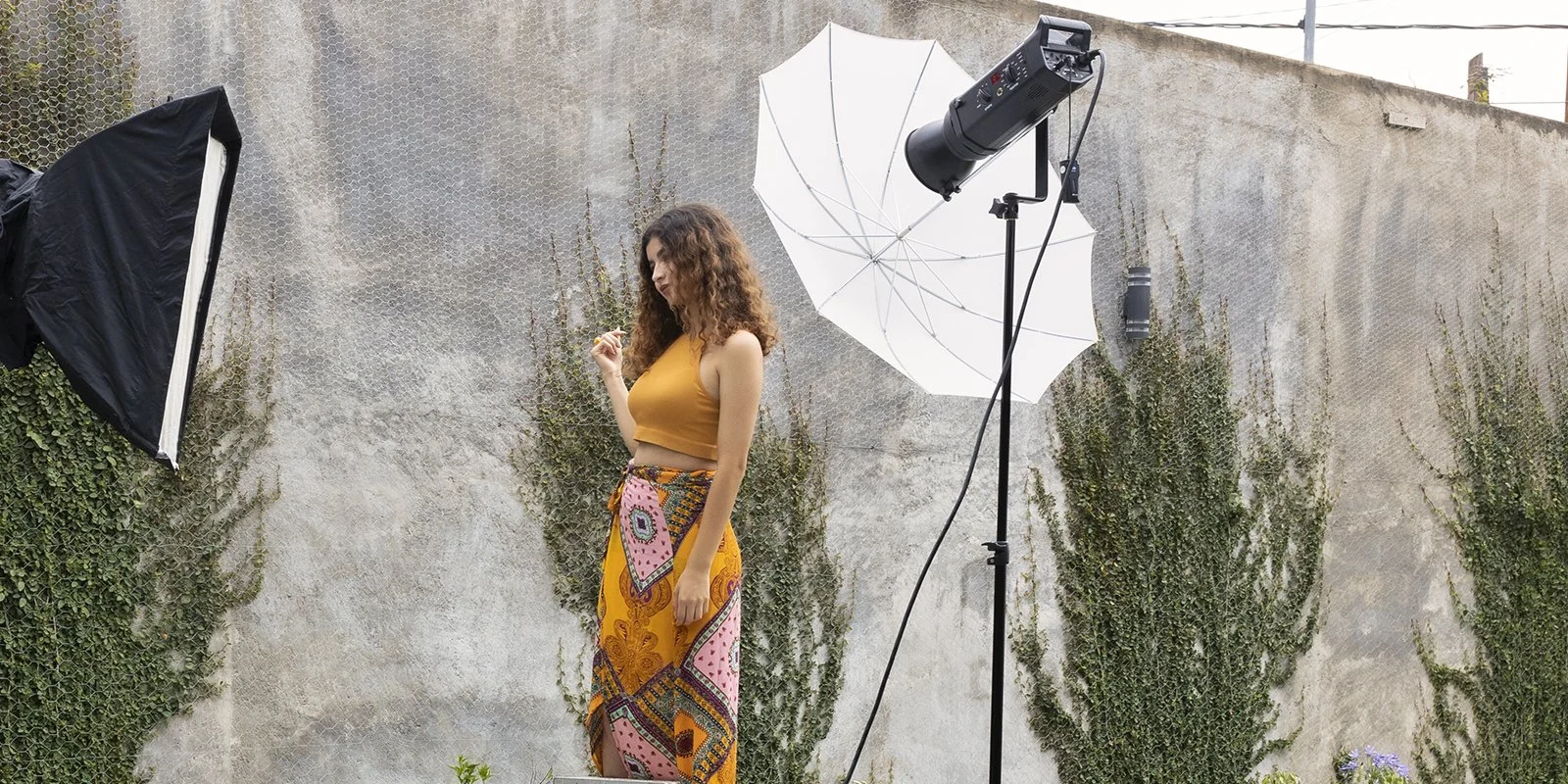Photography Techniques
Scroll ⤵
Focus stacking enables you to overcome the physical limitations of your camera and lens to make otherwise ‘impossible’ images.
There is a trio of macro subjects that definitely have the greatest appeal, so let’s take a look at what they are and how we can make the most of them.
Let’s look at the primary challenges we face with macro photography, and the ways in which we can try and deal with them.
Join guest writer Chris Gatcum as he demystifies the gear involved in beginner’s macro photography.
In the final part of this mini-series on using flash we’re going to explore studio flash units, which are also known as ‘strobes’.
Flash is an incredibly creative tool that will enable you to use innovative lighting set-ups on location or make imaginative images in the studio. Part 1 of a 4-part series on flash photography.
You can use these suggested shutter speeds as a starting point that will get you good enough results if you don’t have time to experiment.
To finish up our AYWMC birds month watch this video which takes you through the steps needed to photograph small garden birds in flight.
Before you spend £1,000 on a 600mm lens, can you put your hand on your heart and say you are using your existing gear to its full advantage?
Creative photography is sometimes just a case of trying something new or applying a particular technique to a new situation. Here are seven ideas to get started.
A surprisingly absorbing indoor lockdown photography project: fold a sheet of white paper and photograph it.
No studio lights needed: get started with still life photography using just the camera you have and a small window.
Five expert tips to make sure you bring home fabulous shots from your next floral photography adventure.
Have you taken a disappointing sunset photo? How to take back control from your camera and confidently capture what you see in your mind.
If you are shooting into the sun (“contrejour” = “against the light”) you need to over expose your shot by one to two stops unless you are aiming for a silhouette.
How to photograph waves: the gear you need and the settings to freeze the waves mid-air and to shoot those soft, blurred long exposures.
You don’t need a 600mm lens and a safari to enjoy wildlife photography; get to know your subject, and start small.
Camera won’t take a photo or won’t focus where you want it to? Try one of these simple options to fix your focussing problems.
You have ventured off auto mode. You know what aperture is. You can have a go at changing the shutter speed. But what settings should you actually use, now you aren’t on auto?
Pep Ventosa is the photographer who has made popular the technique of walking all around a subject taking photographs, and then combining all the shots in a multi-layered final image. He uses hundreds of shots to create his masterpieces, but you can get started using only 3 or 4 layers.
Once you’ve worked out how to change your aperture, it can be tempting to work with what you know and never really dig deeper into what your camera can do. I’ll bet you never knew your camera could do at least one of these things.
A photographer’s tools are light and time. What happens when you push the limits of the second? Just how long can you leave your shutter open for? And why would you want to?






























